What are Simple Machines?
Simple machines are machines with no or very few moving parts. They reduce the required work by providing a mechanical advantage.
For example, a lever can reduce the force required to lift heavy objects, and a pulley can change the direction of the applied force.
Mechanical Advantage of a Simple Machine
As per the Law of Conservation of Energy, Simple machines can not create any energy. They either change the magnitude or direction of the force.
Input Power = Output Power
Input Force x Input Velocity = Output Force x Output Velocity
Mechanical Advantage Formula
The mechanical advantage of a simple machine is equal to the ratio of velocity ratio.
Mechanical Advantage = Input Velocity / Output Velocity = Output Force / Input Force
Since the velocity is directly proportional to the traveled distance
Mechanical Advantage = Input Traveled distance / Output Traveled Distance = Output Force / Input Force
6 most commonly used Simple Machine
The most complex machines are a combination of the following Six Simple Machines.
- Wheel and Axle
- Lever
- Inclined Plane
- Pulley
- Screw
- Wedge
These above simple machines can have the following applications:
- Change the direction of the applied force.
- Transfer the force direction
- Increase or decrease the required force by decreasing or increasing distance.
1. Wheel and Axle
The wheel is one of the greatest innovations in human history. A wheel is a circular frame that rotates about its central axis. You can attach a freely moving rod (known as an axle) or with bearing at the wheel central-axis to achieve mechanical advantage.
A wheel and axle simple machine examples are gear arrangement, car wheels, and pulley.
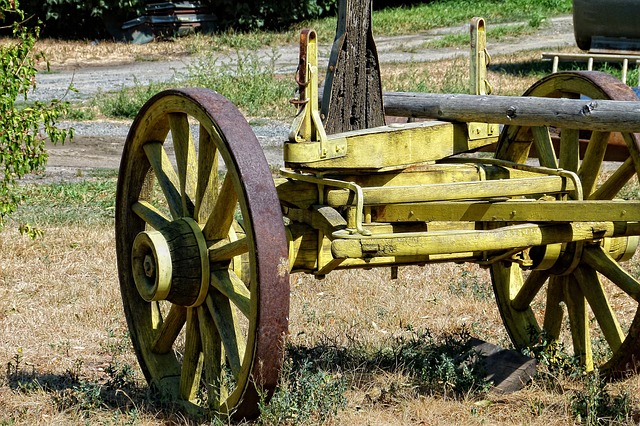
Wheel and Axle arrangement gives a mechanical advantage because round surfaces or wheels make line contact. As a result, frictional force reduces and the wheels are easier to move.
For example, wheels or round rods are used to reduce the frictional force between flat surfaces and floors and move objects with relatively small forces.
2. Lever
The lever is a bar supported at a fulcrum. Weight is attached at one end of the lever and we apply the force at another end. It results in an increase in the mechanical advantage according to the position of the fulcrum.
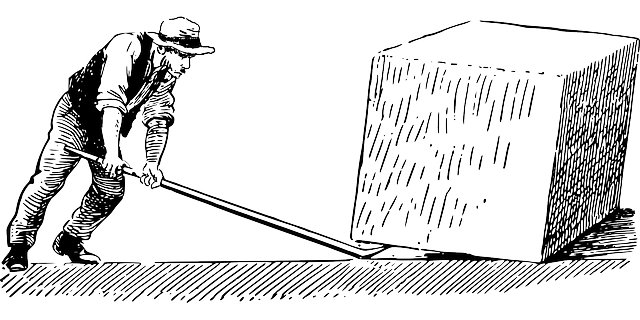
The lever type of simple machines has application to lift high-weight bodies with relatively small forces.
Lever Mechanical Advantage = a / b = Output Force / Input Force
3. Inclined Plane
An inclined plane is a surface at an angle. It has the application to lift heavy bodies by applying a force less than the body weight. Required lifting force and body displacement are directly proportional to the inclined plane angle.
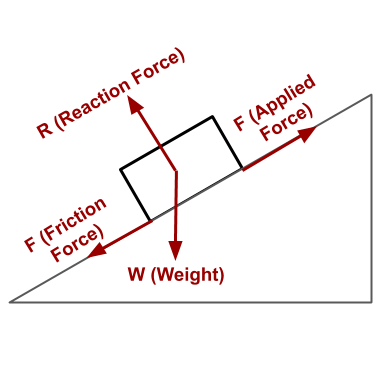
In other words, lower the inclined plane angle, small force, and high displacement is required to lift the body.
Using the following formula, we can calculate the force required to raise a body using an inclined plane type of simple machine.
Force = Frictional Force + W sin θ
4. Pulley
A pulley consists of a wheel and a rope. The weight is attached at one end of the rope, and force is applied to the other end to achieve mechanical advantage using a pulley. Pulleys type of simple machine has the following applications.
- Change the direction of applied force
- Achieve the required mechanical advantage.
Historically, a pulley has the application to get water from a water well.
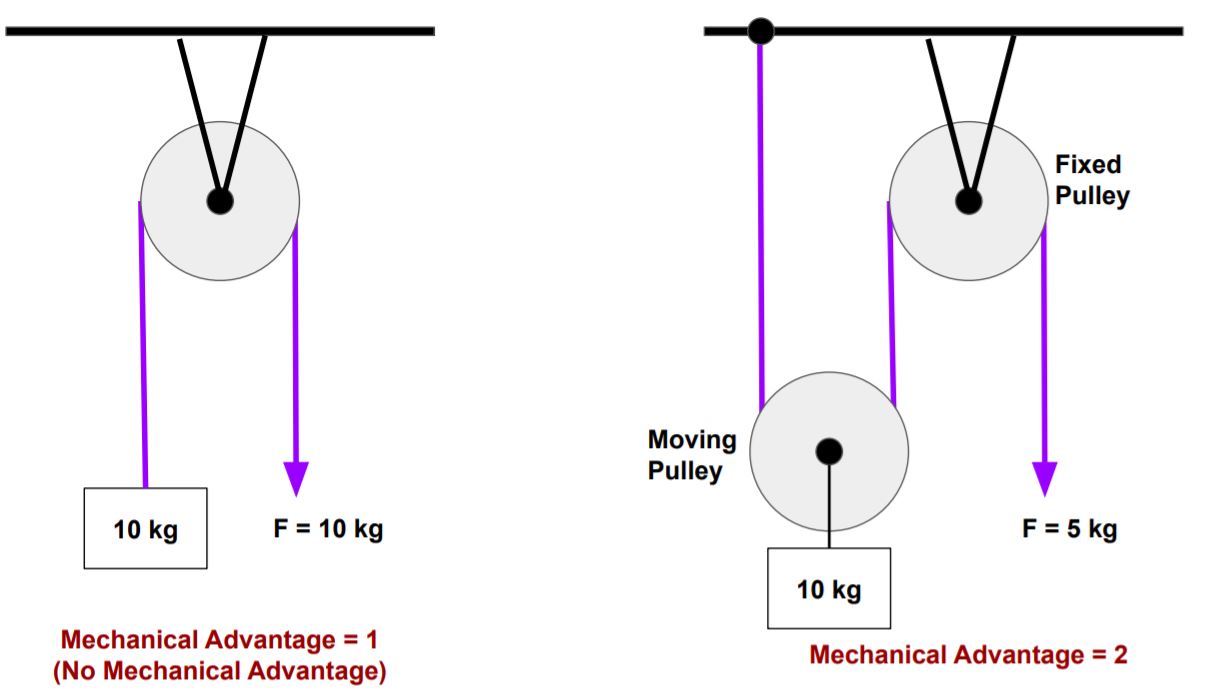
In a fixed pulley, the force required to lift the weight is equal to the weight. But the direction of the applied force is reversed. Whereas when weight is attached to one moving pulley. Mechanical Advantage becomes equal to two.
5. Screw
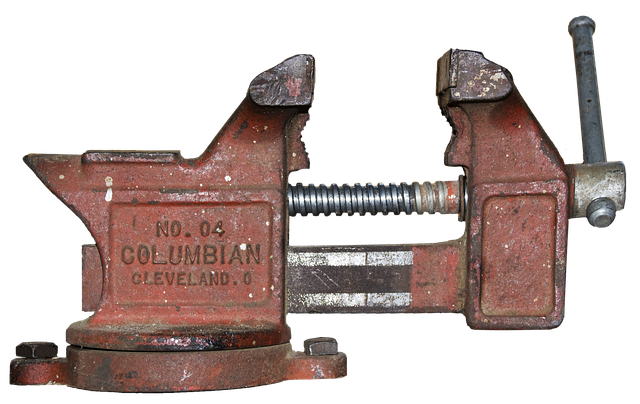
A Screw consists of a round rod with a helix plane along the length of the screw rod. They are used to convert rotational motion into translational motion. This screw type of simple machine has applications in bench-vice, screw jack, etc.
6. Wedge
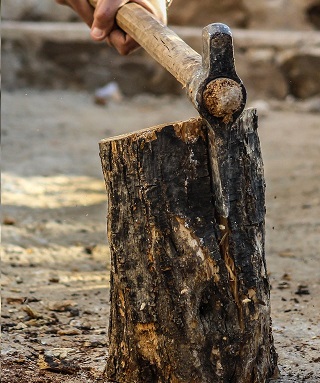
Wedges are types of inclined planes. It has the application to either lift, split, or penetrate inside a surface. Wedge shape changes gradually. Nails, chisel, knife, Axe, fork, and bow are examples of wedge type of simple machines.
We will keep adding more information on Various types of simple machines. Please add your suggestions, comments, or questions on Simple Machines in the comment box.

Add a Comment